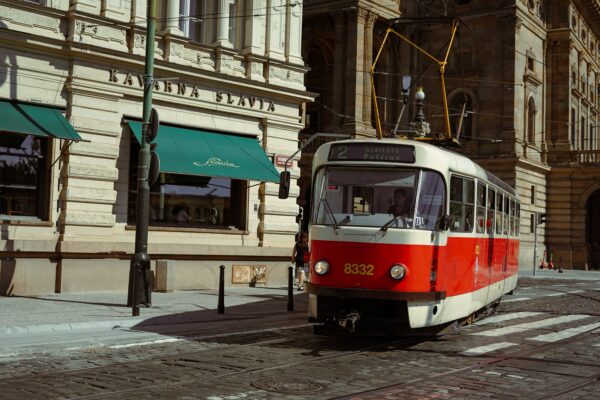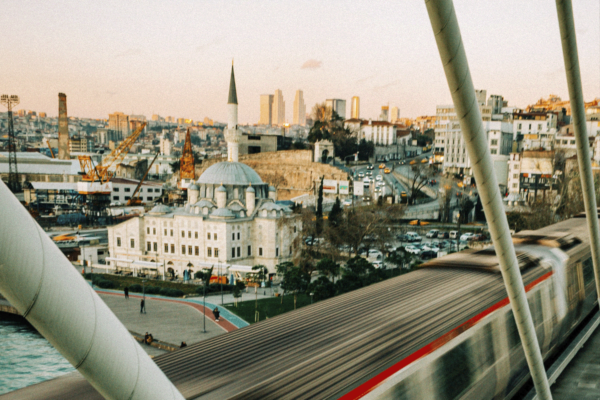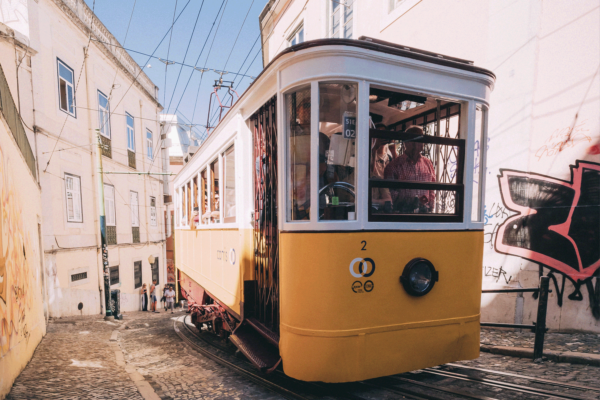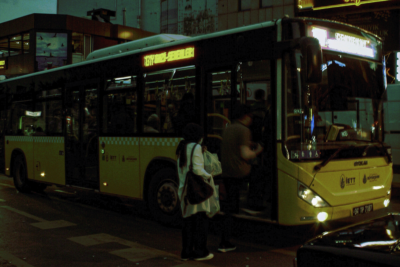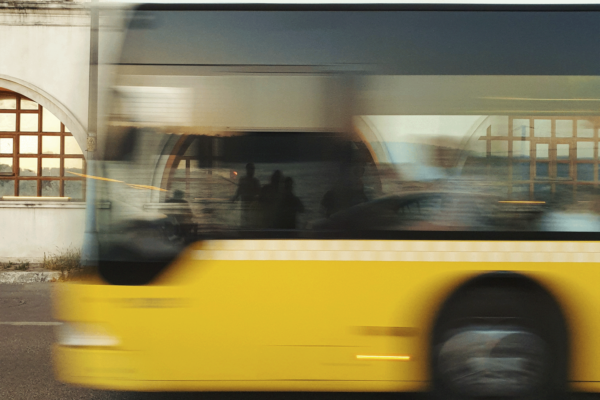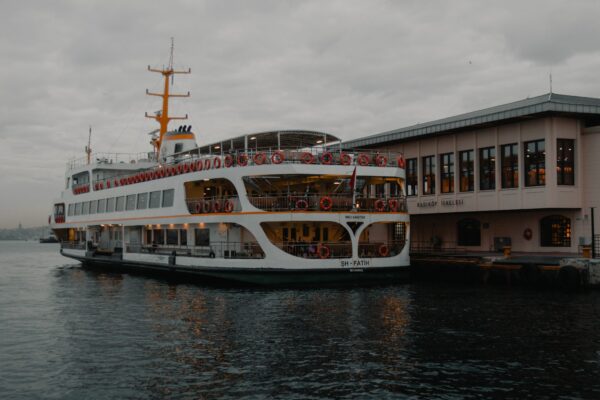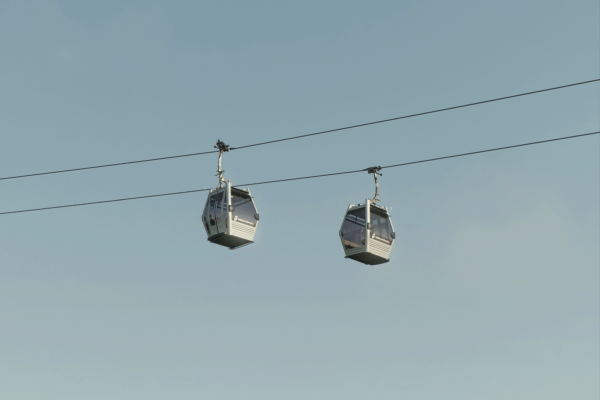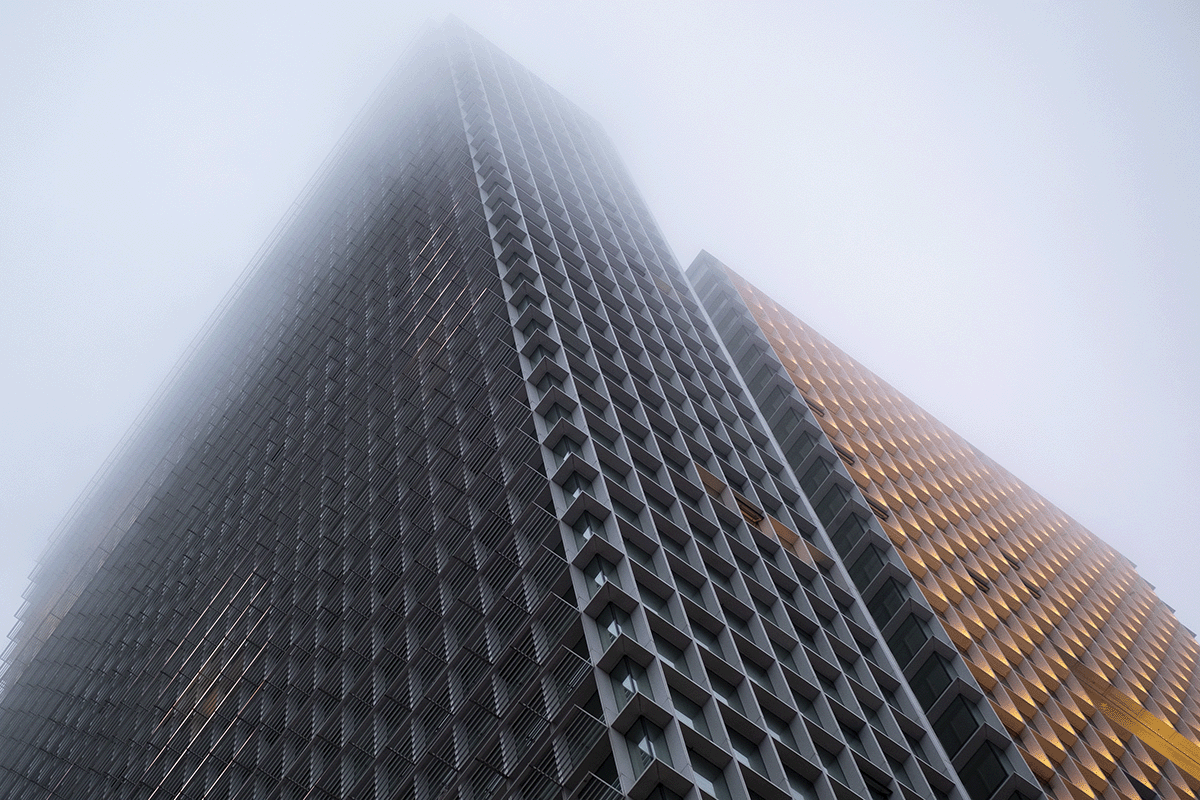The public transportation in Istanbul
Introduction: Istanbul’s local public transport system is a network of commuter trains, trams, cable cars, metro lines, buses, express bus lines and ferries. Ticket prices for different modes of transport are integrated using the contactless Istanbul kart launched in 2009 or the older Akbil
electronic ticket device.
History
Public road transport in Istanbul began on August 30, 1869, when a contract was signed to build a tram system in the capital of the Ottoman Empire. With that agreement, Konstantin Krepano Efendi received a public transport license for forty years from the “Sociétédes Tramways de Constantinople”. Four horse-drawn tram lines were opened in 1871. In the first year, horse-drawn carriages carried. 5 million people on the Azapkapı-Galata, Aksaray-Yedikule, Aksaray-Topkapı and Eminönü Aksaray lines. More lines were added in the following years. 30 horses were used to pull 5 carts, 15 of which were of the summer type and some were double-decker carts, with a gauge of 1,000 mm (3 ft 3 3⁄8 in). In 1912, the horse tram had to stop working for a year, because the Ministry of Defense sent all the horses to the front during the Balkan War.
The tram network was electrified with a chain line on February 2, 1914. In the Anatolia district of Istanbul, the tram began operating on June 8, 1928 between Üsküdar and Kısıklı. In the 1950s, the tram lines were 130 kilometres (81 mi) long. Trams ran on the European side of the city until August 12, 1961, and on the Asian side until November 1, 1966.
At the same time as the carriage, on July 30, 1871, the construction of a short cable car between Tüneli Pera and Galata began. The cable car was opened on December 5, 1874. It is the second oldest metro station in the world after the London Underground. At first, only cargo and cattle were transported. On January 17, 1875, the cable car was opened to the public after trial runs. It is still in use.
The ferry is one of the oldest means of transport in Istanbul, a city divided by the Bosphorus and surrounded by the sea. In 1837, British and Russian boats began to transport the Bosphorus Strait. İstanbul Maritime Company was founded in 1851 by the decree of the Ottoman Sultan Abdülmecid I. Ferrying began in 1853 with six steamships built at Robert White’s shipyard in England. In 1859, the service was extended to the vicinity of the Golden Horn. After 1903, steamships with screw engines were introduced. Until 1929, boats were imported; later ferries were built at the Golden Horn shipyards. At its peak there were 40 boats in the fleet. In 1867, the same company began to transport vehicles across the Boğaziç (Bosphorus Strait) between Kabataş and Üsküdar with two ferries bought from England, all ferry companies were nationalized in 1945.
Bus transport in Istanbul started in 1926 with four Renault Scania buses between Beyazit and Karakoy. The fleet grew from 9 buses in 1942 to 16 in 1955 and 525 buses in 1960, becoming the backbone of public transport in the expanding city. Until June 16, 1939 the date of nationalization, many British and French companies operated all public transport in Istanbul. Since then, the newly established İETT (Istanbul Electricity and Tram Company) has taken over the task of public transport in Istanbul. On May 27, 1961, the first trolleybuses between Topkapı and Eminönü were put into service after the end of tram traffic. However, the last trolleys were removed in 1984, because they prevented the growing traffic in the narrow streets of the old city. In 1988, a company called Ulaşım A.Ş. (Transport Inc.) was established to run the services of LRT (light rail transit) (since 1989), Metro (since 2000) and modern trams (since 1992) by the Municipality of Istanbul. The company is still active and will be the operator of the new rail lines.
Transportation Today in Istanbul:
1-Metro:
The first line (M1) started operating on September 3, 1989 between Aksaray and Kocatepe. The line was gradually developed and reached Atatürk Airport on 20 December 2002. The line has 18 stations and is 19.6 kilometres (12.2 mi) long. As of 2012, there were 416 trips and 210,000 passengers per day. Although the line is numbered as the first line, it is actually an LRT system that shares many features with the T line, including rolling stock. Although the operator classifies them differently.
Construction of the Istanbul Metro began in 1992; the first line (M2) between Taksim and the Levant was put into service on September 16, 2000. This line is 8.5 km long and has 6 stations that all look the same but have different colours. The northern extension from Levent to Atatürk Oto Sanayi station in Maslak (ITÜ/Ayazağa) was commissioned in 2009, as was the southern extension from Taksim to Şişhane station in Beyoğlu, near the northern entrance to Tünel.
The last short-lived northern extension Hacı Osman opened in 2011. The southern extension of the M2 from Şişhane to Yenikapı over the new Golden Horn Bridge opened in 2013, allowing the line to reach the Yenikapı interchange. Finally, in 2014, the eastern terminus of the Airport (M1A) and Bağcılar (M1B) lines was extended from Aksaray to this interchange.
Line M3 runs north from Kirazlı station on line M1 to Başakşehir district. It opened on June 1 2013. The southern extension of Bakırköy IDO station and the northern section of Kayaşehir are under construction.
On the Asian side, the 26.5 km (16.5 mi) M line opened on 17 August 2012 to Kartal. The line will have a total of 25 stations when the third section to Tuzla is opened. A connection to Sabiha Gökçen Airport is under construction. There is also the M5 connecting Üsküdar, Ümraniye and Çekmeköy. Further expansion of Sancaktepe and Sultanbeyli districts is in progress. There are currently 12 Hyundai-Rotem (M2) and 120 CAF (M) trains in traffic, which take 27 (M2) and 52 (M) minutes to travel the entire length of the track. All lines are operated by Metro Istanbul (new name Istanbul Ulaşım A.Ş.), owned by Istanbul Municipality.
2-Tram:
Istanbul opened horse-drawn trams in 1872 and they served the people of Istanbul until 1912. After that date, electric trams were introduced, which were the main public transport in the city until 1966. Many routes were built step by step and in 1956 it reached the most a wide network with 108 million passengers with 270 shuttles on 56 routes. The trams were not modernized for decades, and some electric cars from 1911 were still in use in the 1960s. At that time, modern buses drove faster and smoother. Due to these negative problems, the tram system was closed in the mid-1960s.
From the beginning of the 1970s, the traffic congestion worsened. By the mid-1980s, Istanbulites realized that the rampant expansion of motorization and the end of the tram network was a mistake. Other cities around the world, e.g. Tunis and Buenos Aires also noticed this mistake and, like them, Istanbul also planned the return of the tram. As an experiment, Istanbul opened the historic tram for the first time on the European side in 1990. Due to their increased popularity, they also opened a modern tram system on the European side in 1992. Now the Asian side has a heritage tram system, while the European side has both a heritage tram and a modern tram system.
The modern tram consists of lines T1, and T5, which were originally operated by 55 low-floor Bombardier Flexity Swifts and 32 Alstom Citads. Line T was opened in 2007 between Edirnekapı and Mescid-i Selam. There are 22 stations and the length is 15.3 km. Since March 2009, the line has been operating between Topkapı and Mescid-iSelam. The service is operated by LRT vehicles manufactured by SGP in 1989. As of 2019, the daily travel distance was 6 trips and 196,000 passengers.
3-Funicular:
Istanbul is served by three funicular railways of very different ages and styles. The oldest of these lines is Tünel. This line is the oldest metro line in continental Europe and the second in the world after London. Tünel is 573 meters long and the height difference is 60 meters, and there is no intermediate station between Karaköy and Tünel Square. It has been in continuous use since 1875. It was originally steam powered with two wooden trains running on parallel tracks. It was modernized in 1971. Today, the line is single-track with a passing loop, electric and operated by refurbished ex-RATP MP 55 vehicles with rubber tires. The trip takes about 1.5 minutes. About 15,000 people use the line every day. Unlike the modern subway, which runs strictly every five minutes, it has a less regular schedule. Another modern cable car, the Kabataş-Taksim Cable Car, opened in June 2006, is operated by Ulaşım A.Ş. and connects Kabataş Seabus port and tram stop with Taksim Square metro station. It is about 600 meters long and rises to a height of about 60 meters in 110 seconds.
4-Bus rapid transit (BRT):
Istanbul’s bus rapid transit (BRT) system is called Metrobüs. The construction of the Metrobüs BRT line started in 2005. The first line runs between Avcılar and Söğütlüçeşme. This line is 41.5 km long and has 35 stations located on the main road D 100 of Istanbul. It is currently operated by Mercedes Capacity, Mercedes-Benz Citaro and some Philease buses. The daily number of passengers is 715,000 passengers.
5-Bus:
The bus fleet has a total of, 012 vehicles produced by MAN, Ikarus, Mercedes-Benz, BMC, Phileas, Otokar, Temsa and Güleryüz. In 2012, the number of daily passengers was 3,621,908, which is 30% of the city’s total daily traffic. Since 1985, privately owned ÖHO buses (Özel Halk Otobüsü -Private Public Bus) have been allowed to run under İETT. There are 2,157 privately owned public buses, of which 1 are double deckers. There are 783 buses on May 21, 2018, no changes. Many routes have bypasses that average one return trip per day, usually eating up less developed suburbs around the repeat routes. Some routes also offer short turns at congested stops during peak hours. These diversions are listed under the same label as the main route. Buses traveling on control lines do not display line numbers, but the main sign shows the route in detail.
In 2010, the municipality decided to establish a new company called Otobüs A.Ş. (Bus Inc.) To replace old vehicles faster. Bus A.Ş. As of December 2012, there were 5 vehicles in the fleet. The vehicles have a completely low floor and meet Euro 5 standards. In 2014, IETT carried 1.31 billion ticketed passengers, a record for the Turkish transport system. İETT is currently testing the outsourcing of drivers and maintenance to the private bus company Akkurtlar. Outsourced drivers may be separated from their uniforms.
4-Ferry Boats:
Ferries operate on 15 routes and serve 27 ports on the coasts of the Bosphorus and the Sea of Marmara. 20 older ferries carry 61 million passengers a year. In the 1980s, 150 million people were transported. There are three types of ferries in Istanbul today; Sea Buses (İDO), Vapur’s (traditional name for shuttle boats) and private motor boats. The first steamships appeared on the Bosphorus in 1837 and were operated by private companies. On January 1, 1851, the Ottoman state established Şirket Hayriye (literally “Goodwill Company”, as the Istanbul ferry company was originally called). Şirketi Hayriye continued to provide important ferry services to the city until the early years of the republic era, when they came under the management of Türkiye Denizcilik İşletmeler (“Turkish State Sea Lines”). Since March 2006, Istanbul’s traditional shuttles are operated by the municipality. In 2017, the municipality launched a system where musicians can play live music for passengers in the lower halls of most ferry lines. The current design of the Istanbul ferries as we know them today is largely the work of Fairfield Shipbuilders of Glasgow, Scotland, who also built the largest number of Istanbul ferries since 1851.
5-Sea bus:
On April 16, 1987, the Istanbul city government established a company that provides high-speed sea transportation with catamaran-type sea buses. The modernization of maritime transport was achieved with the first ten ships purchased from Norway. Today, the company serves İDO’s 29 terminals with 28 catamarans, including six high-speed ferries.
6-Aerial lift:
Above Democracy Park in the valley between Taksim and Maçka is the short gondola line Maçka Gondola (Maçka-Taşkışla Teleferiği in Turkish), built in 1993. It connects the Hilton Istanbul Bosphorus hotels on the other side with the Parksa Hilton and Hotel. Swissotel. Bosphorus on the other side. The length of the cable line is 333 meters and it carries around 1,000 passengers every day in two six seater cabins. The trip takes three minutes. Another line of aerial lifts, the Eyüp Gondola (Eyüp-Piyerloti Teleferiği in Turkish), opened in 2005 between the historic Eyüp area and Pierre Lot Hill. Built by the Italian Leitner Ropeways Co Leitner Group, the gondola lift was the most expensive cable car in Turkey, costing 5 million euros..
.
.
.
Smart Tickets in Transportations of Istanbul:
Istanbul has an integrated electronic ticketing system for buses, cable cars, LRT, metro, commuter trains, ferries and trams. The system uses smart RFID cards called Istanbul kart as tickets. The old Akbil iButtons were phased out in 2015. Such as: Istanbul Jeton, Istanbul kart, Jetonmatik, Akbil (smart ticket), Istanbul kart, Biletmatik.

